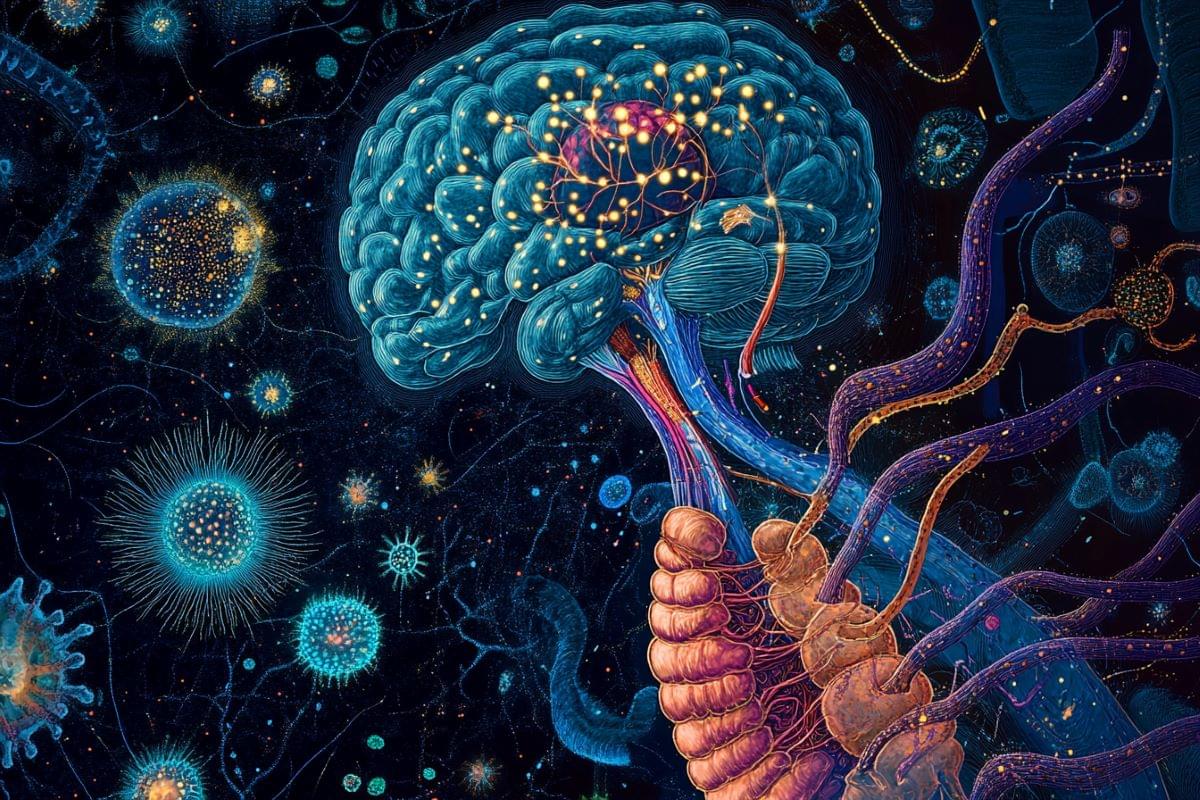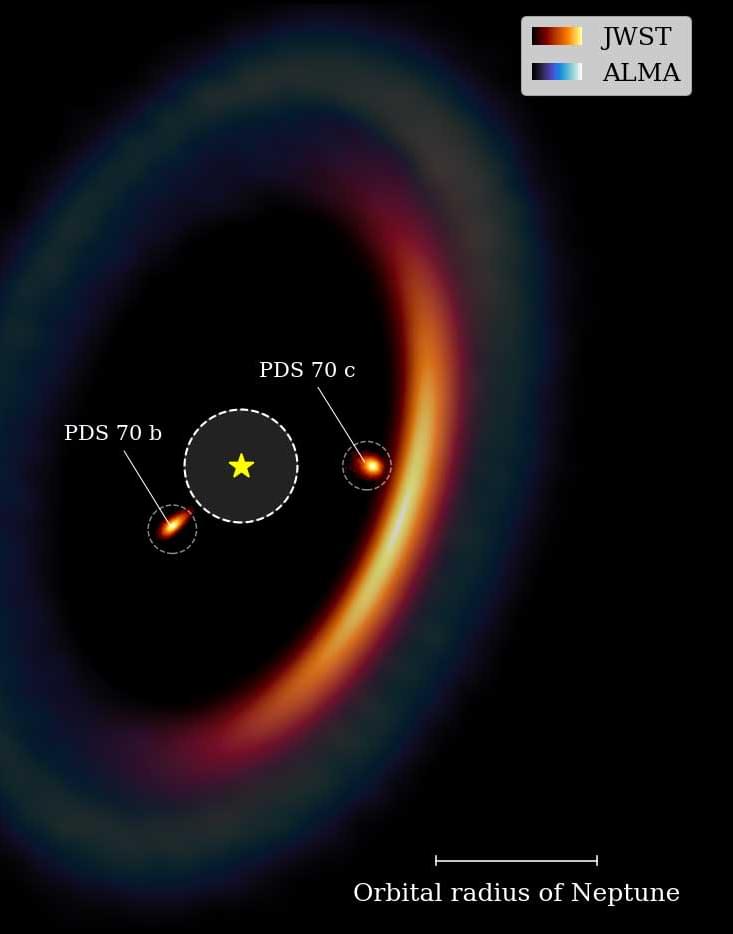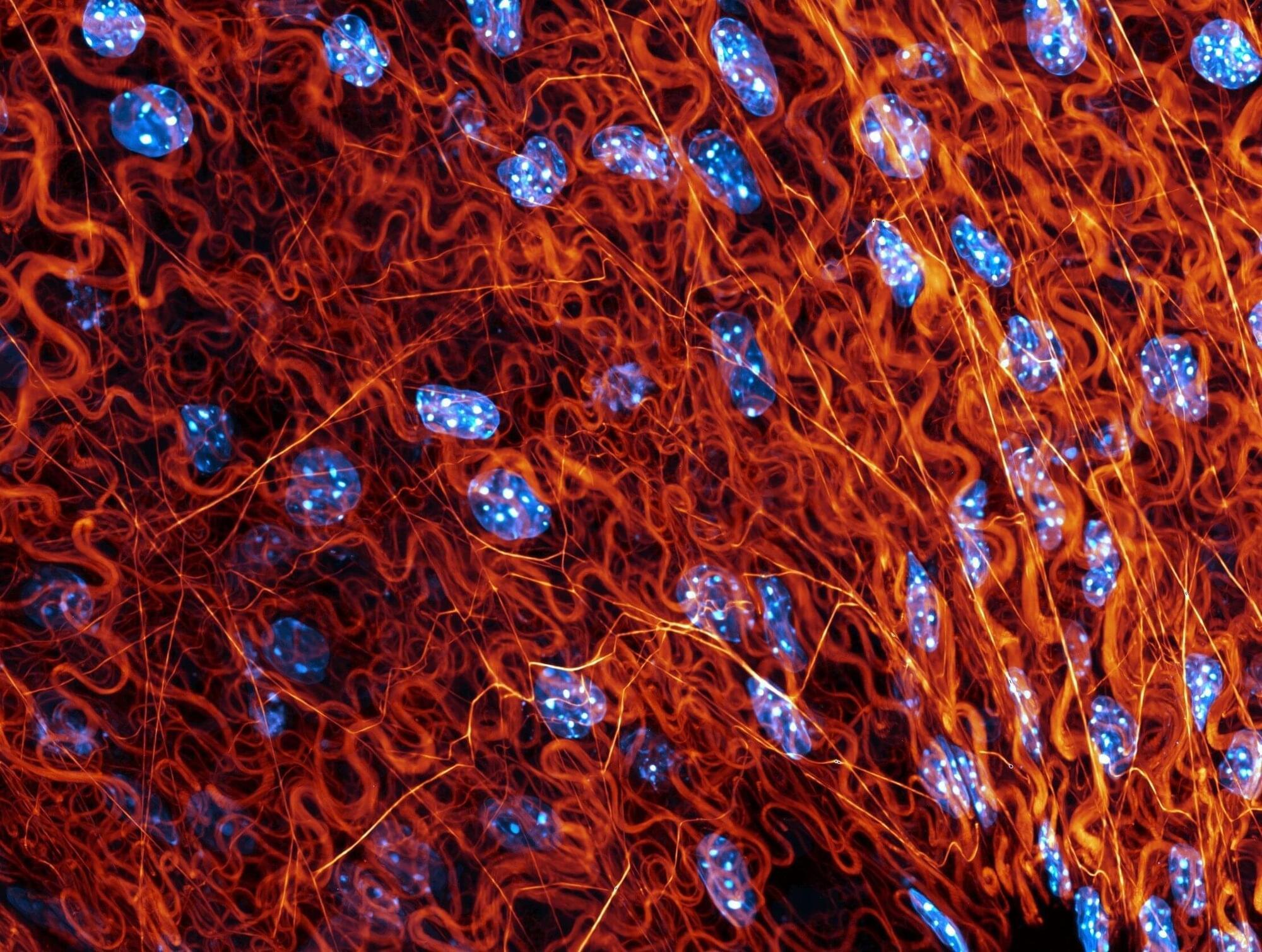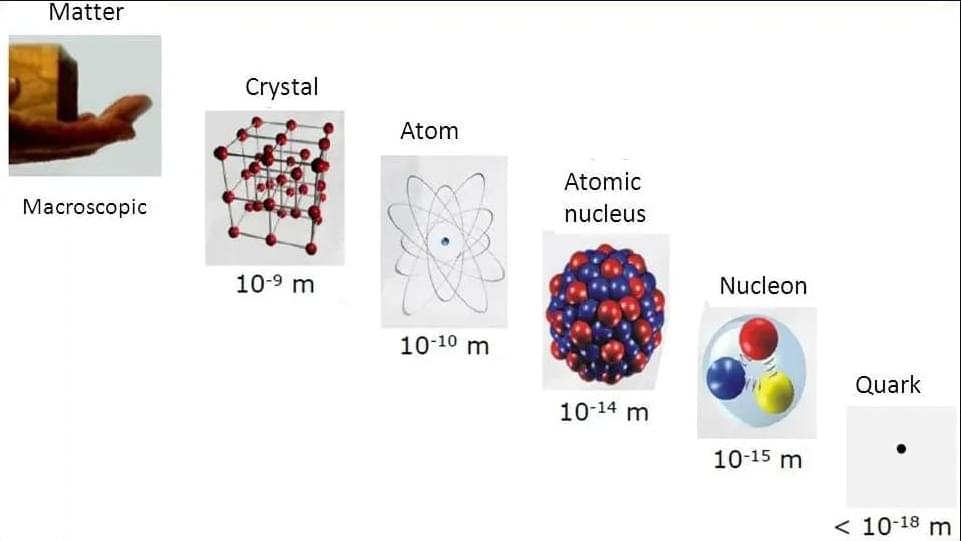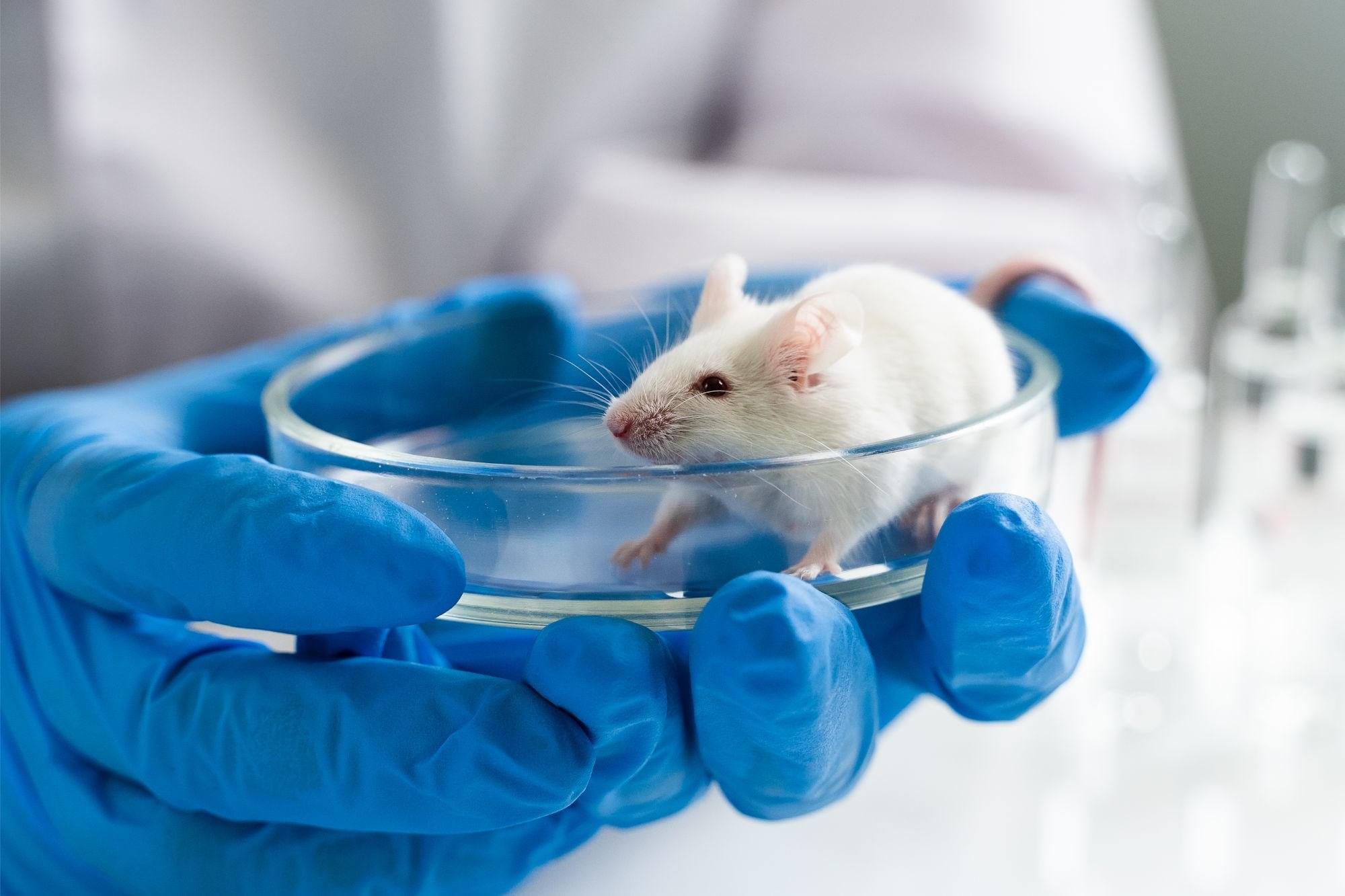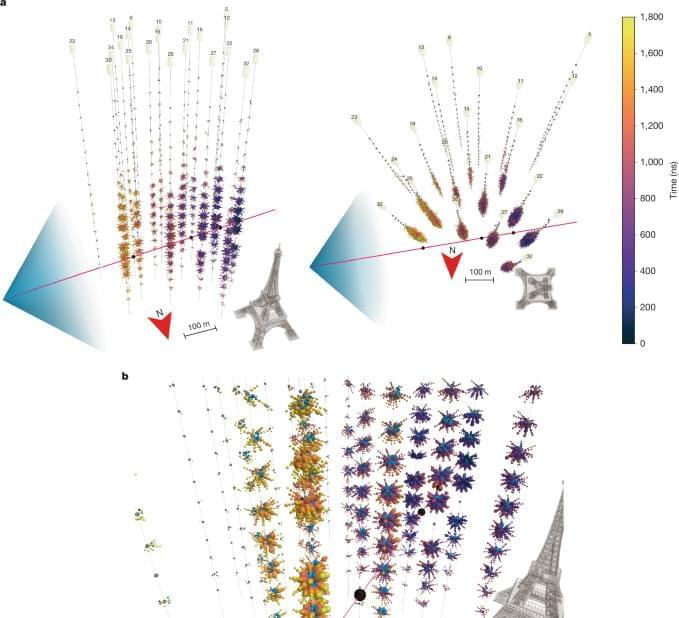In today’s AI news, OpenAI will ship GPT-5 in a matter of months and streamline its AI models into more unified products, said CEO Sam Altman in an update. Specifically, Altman says the company plans to launch GPT-4.5 as its last non-chain-of-thought model and integrate its latest o3 reasoning model into GPT-5.
In other advancements, Harvey, a San Francisco AI startup focused on the legal industry, has raised $300 million in a funding round led by Sequoia that values the startup at $3 billion — double the amount investors valued it at in July. The Series D funding round builds on the momentum and reflects investors’ enthusiasm for AI tools …
Meanwhile, Meta is in talks to acquire South Korean AI chip startup FuriosaAI, according to people familiar with the matter, a deal that could boost the social media giant’s custom chip efforts amid a shortage of Nvidia chips and a growing demand for alternatives. The deal could be completed as early as this month.
Then, AI took another step into Hollywood today with the launch of a new filmmaking tool from showbiz startup Flawless. The product — named DeepEditor — promises cinematic wizardry for the digital age. For movie makers, the tool offers photorealistic edits without a costly return to set.
In videos, join IBM’s Boris Sobolev as he explains how model customization can enhance reliability and decision-making of agentic systems. Discover practical tips for data collection, tool use, and pushing the boundaries of what your AI can achieve. Supercharge your AI agents for peak performance!
CEO and cofounder Andrew Feldman about his startup Then, Moderator Marc Pollefeys (Professor of Computer Science at ETH Zurich and Director of the Microsoft Mixed Reality and AI Lab in Zurich) leads an expert panel. The discussion will focus on advancements in robotics and the impact of embodied AI in complex, real-world scenarios. Speakers include; Marco Hutter (Director of the Robotic Systems Lab at ETH and Senior Director of Research at the AI Institute) Péter Fankhauser (Co-Founder & CEO at ANYbotics) Raquel Urtasun (Founder & CEO at Waabi and Professor of Computer Science at the University of Toronto).
We close out with, Databricks CEO Ali Ghodsi speaks exclusively with Worldwide Exchange Anchor Frank Holland about the new partnership announced on Thursday between the data analytics startup and the European tech giant.
